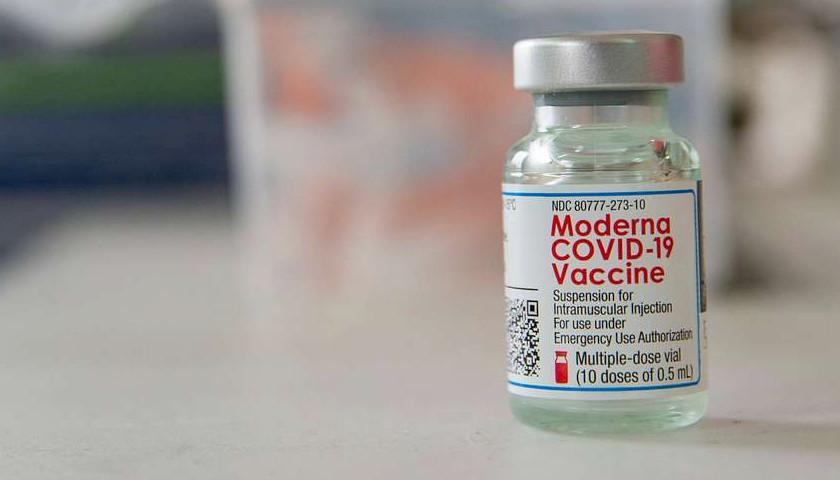This is the first story in an eight-part series on the Ohio Public Health Advisory System
On July 2, Ohio Republican Governor Mike DeWine introduced the Ohio Public Health Advisory System (OPHAS). The color-coded map assigns a color to each of Ohio’s 88 counties that is supposed to be indicative of each county’s COVID spread.
According to the Ohio COVID-19 site:
The Public Health Advisory Alert System is a color-coded system designed to supplement existing statewide orders through a data-driven framework to assess the degree of the virus’ spread and to engage and empower individuals, businesses, communities, local governments, and others in their response and actions.
Decisions affecting businesses, schools, sports, and day-to-day personal behavior are being made and geared toward the map and its output.
At the end of July, DeWine demanded county fairs to conduct only junior fair events and cited as a reason the increased community spread among fairgoers.
The Ohio Education Association (OEA) released a position statement on July 28 outlining the union’s stance on school openings that states: “Under Ohio’s warning system, OEA believes that any school or campus building located in a county designated as Level 4 (purple) or Level 3 (red) must remain closed to in-person instruction.”
The Ohio Liquor Control Board referenced the perceived spread indicated by OPHAS in issuing its emergency rule to prohibit the sale of alcohol past 10:00 p.m. in bars and restaurants.
A story published in May highlighted how DeWine’s suppression, skewed statistical reporting and doom and gloom presentations were driving misaligned policies.
The story was part of a rising tide of demand for complete and accurate COVID data that resulted in Diane Grendel (R-Chesterland) drafting legislation requiring the governor’s office and the Ohio Department of Health to report more detailed information.
The color-coded map was supposed to hone down COVID data to a county level that made the information meaningful for county officials to properly lead their communities.
The problem: the OPHAS is a red herring. The system is built and calibrated to trigger indicators that move counties to red or purple status without a live, active COVID spread.
This series will tackle the four colors and seven triggers comprising the system and deliver specific examples of how the system is burdening businesses, schools, kids, and families.
The OPHAS organizes each of Ohio’s 88 counties in one of the following four categories :
- Level 1 – Yellow: 0-1 indicator triggered; advisory: active spread exposure and spread.
- Level 2 – Orange: 2-3 indicators triggered; advisory: exercise high degree of caution.
- Level 3 – Red: 4-5 indicators triggered; advisory: limit activities as much as possible.
- Level 4 – Purple: 6-7 indicators triggered; advisory: only leave home for supplies and services.
Each county is graded on the following seven indicators:
- New cases per capita – When the data shows that a county has had an average of 50 cases per 100,000 people over a two-week period, the indicator is triggered.
- Sustained new case growth – If the data shows at least a five-day period of sustained new case increases, the indicator is triggered.
- Proportion of cases that are non-congregate cases – When more than 50% of new cases originate from non-congregate settings over one of the last three weeks, this indicator is triggered.
- Sustained increase in emergency room visits – When a five-day increase in the number of people who visit an emergency department with COVID-19-related symptoms or COVID diagnoses, in any time over the last three weeks, this indicator is triggered.
- Sustained increase in outpatient visits – When there is an increase in the number of people in outpatient settings, including telehealth appointments, with suspected or confirmed COVID-19 symptoms over a five-day period in any of the last three weeks, this indicator is triggered.
- Sustained increase in new COVID-19 hospital admissions – When there is an increasing trend of at least 5 consecutive days in the number of new hospitalizations due to COVID over the last 3 weeks, this indicator is triggered.
- Intensive Care Unit (ICU) bed occupancy- When ICU occupancy goes above 80%, and at least 20% of the occupants are COVID patients, over three in the last week, this indicator is triggered.
In the next seven articles, we will dive in on each of the seven indicators and describe how triggering them has more to do with testing policies and contact-tracing strategies than the prevalence of COVID in our communities.
– – –
Jack Windsor is Managing Editor and an Investigative Reporter at The Ohio Star. Windsor is also an Investigative Reporter at WMFD-TV. Follow Jack on Twitter. Email tips to [email protected].
Background Photo “Mike DeWine” by Mike DeWine.








